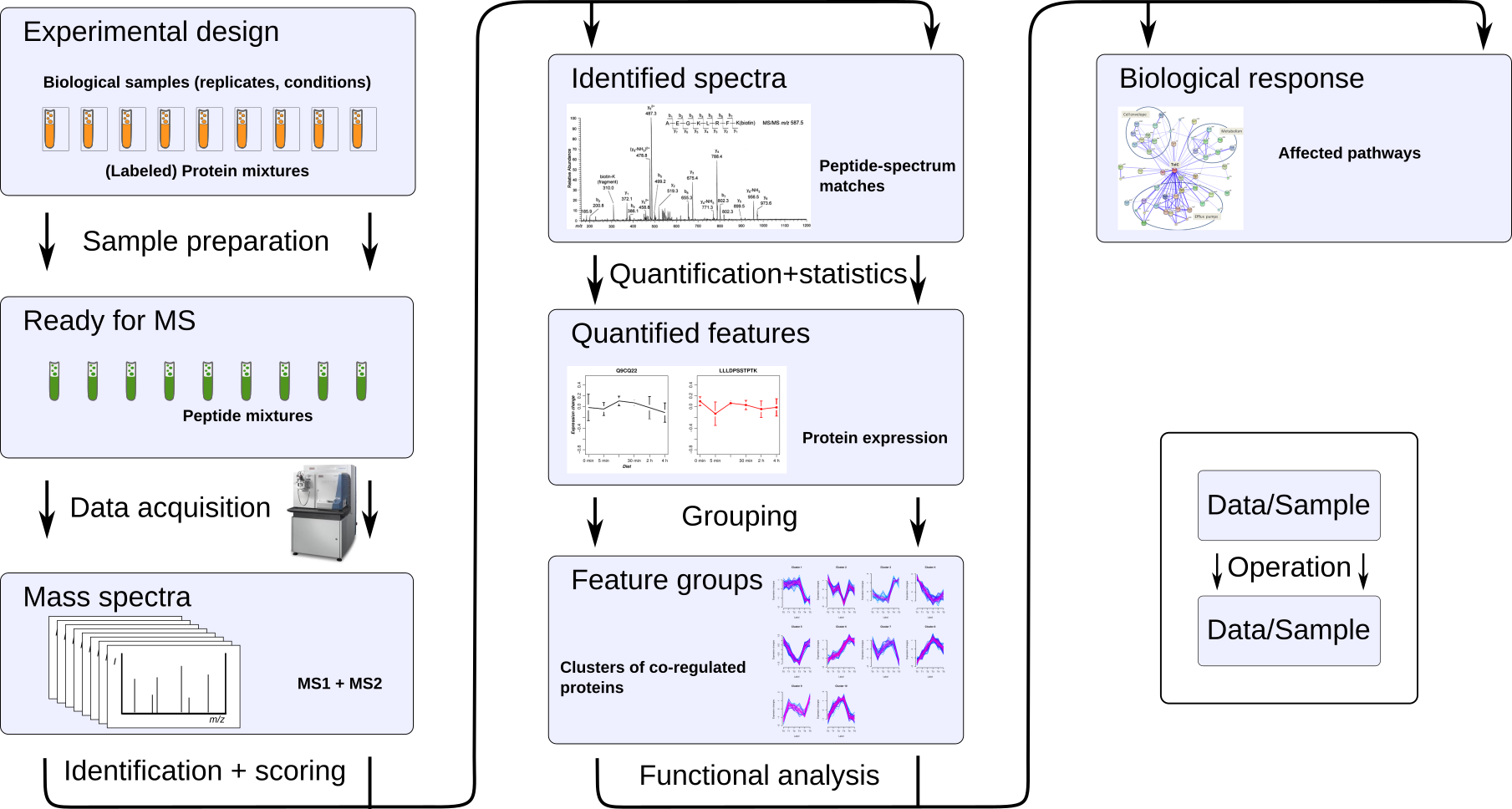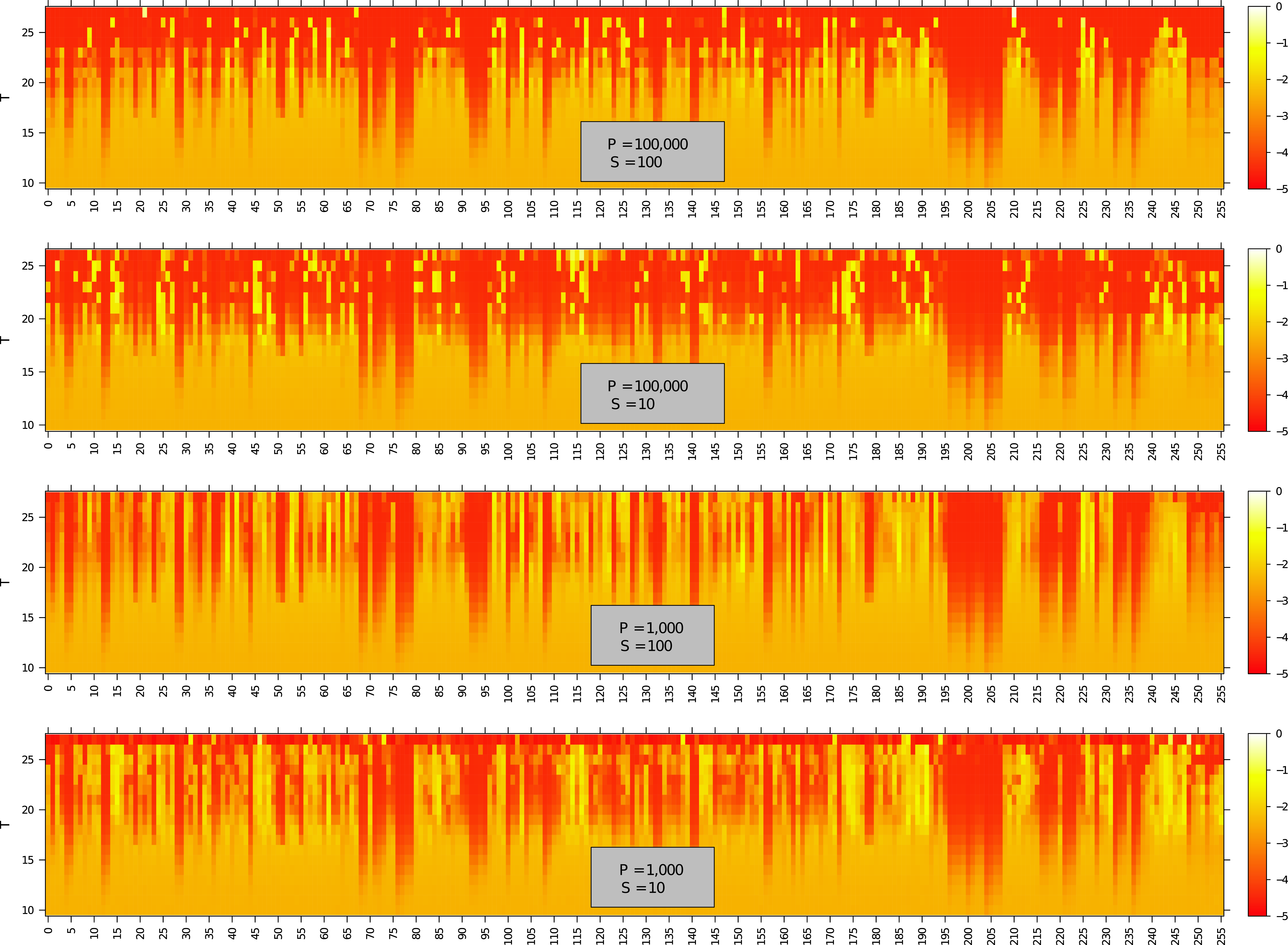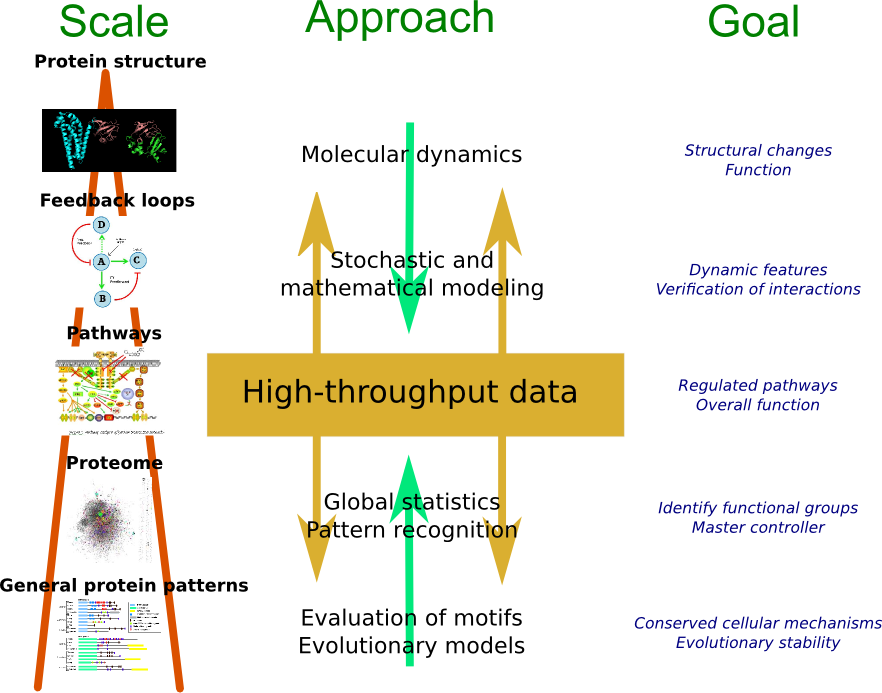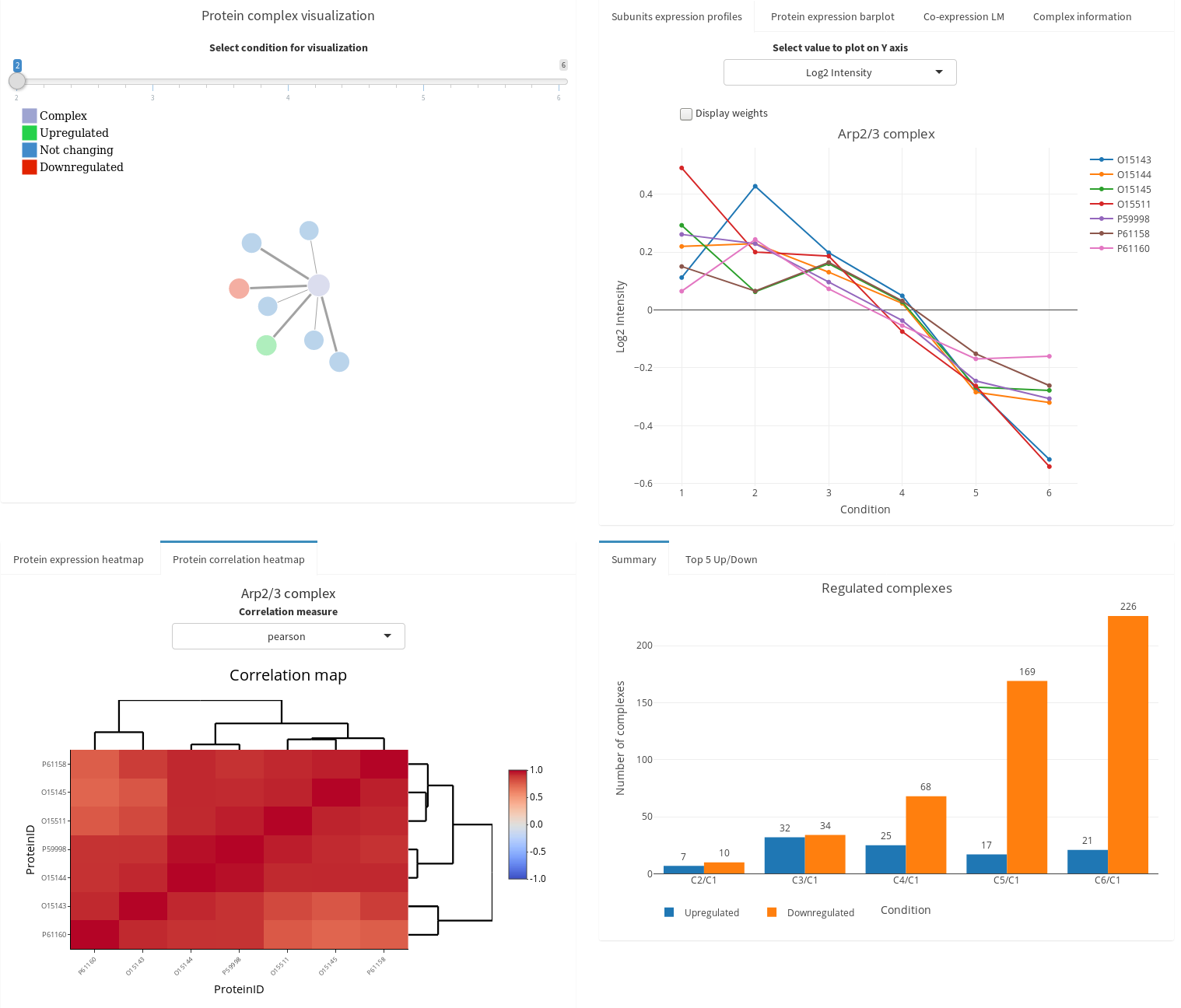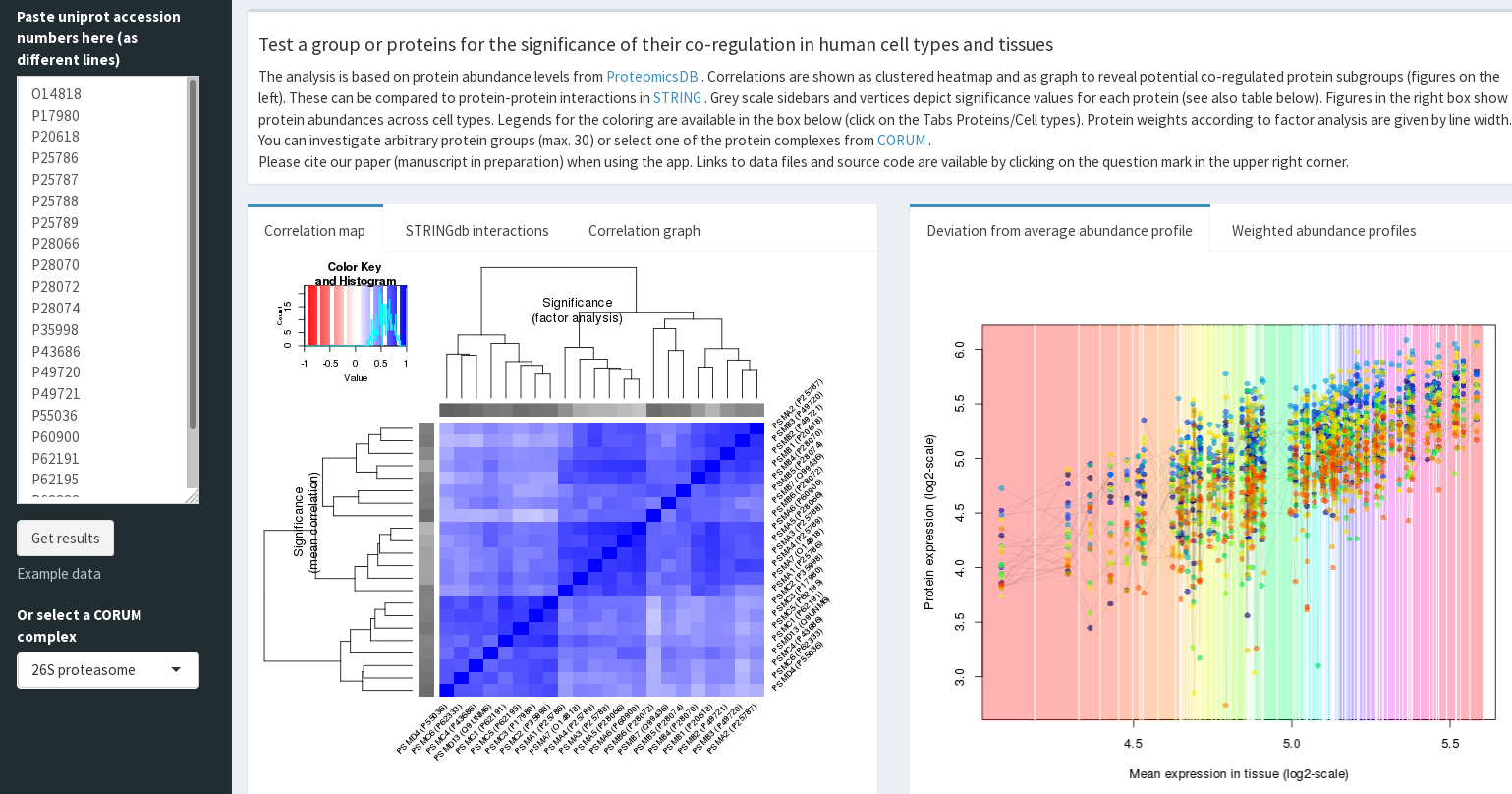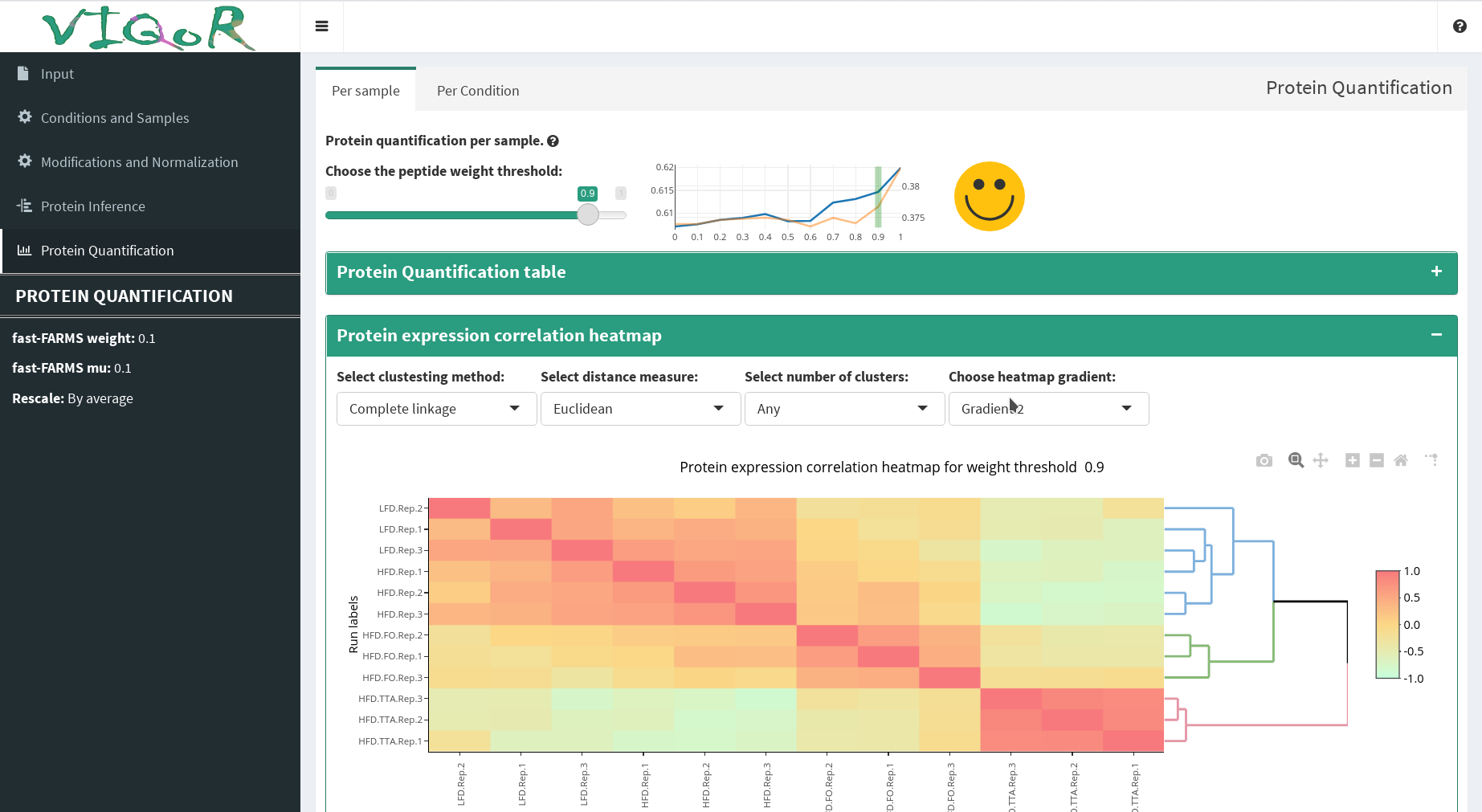References
Durán O, Schwämmle V, Lind PG and Herrmann HJ (2011),
"Size distribution and structure of Barchan dune
fields", Nonlin. Proc. Geophys.. Vol. 18({4}), pp.
455-467.
[Abstract]
[BibTeX]
[DOI]
Abstract: Barchans are isolated mobile dunes often
organized in large dune fields. Dune fields seem to present
a characteristic dune size and spacing, which suggests a
co-operative behavior based on dune interaction. In Duran
et al. (2009), we propose that the redistribution of sand
by collisions between dunes is a key element for the
stability and size selection of barchan dune fields. This
approach was based on a mean-field model ignoring the
spatial distribution of dune fields. Here, we present a
simplified dune field model that includes the spatial
evolution of individual dunes as well as their interaction
through sand exchange and binary collisions. As a result,
the dune field evolves towards a steady state that depends
on the boundary conditions. Comparing our results with
measurements of Moroccan dune fields, we find that the
simulated fields have the same dune size distribution as in
real fields but fail to reproduce their homogeneity along
the wind direction.
BibTeX:
@article{Duran2011,
author = {Durán, O. and Schwämmle, V. and Lind, P. G. and Herrmann, H. J.},
title = {Size distribution and structure of Barchan dune fields},
journal = {Nonlin. Proc. Geophys.},
year = {2011},
volume = {18},
number = {4},
pages = {455-467},
doi = {10.5194/npg-18-455-2011}
}
Durán O, Schwämmle V, Lind PG and Herrmann HJ (2009),
"The dune size distribution and scaling relations of
barchan dune fields", Gran. Matter., JAN, 2009. Vol.
11({1}), pp. 7-11.
[Abstract]
[BibTeX]
[DOI]
Abstract: Barchan dunes emerge as a collective
phenomena involving the generation of thousands of them in
so called barchan dune fields. By measuring the size and
position of dunes in Moroccan barchan dune fields, we find
that these dunes tend to distribute uniformly in space and
follow an unique size distribution function. We introduce
an analytical mean-field approach to show that this
empirical size distribution emerges from the interplay of
dune collisions and sand flux balance, the two simplest
mechanisms for size selection. The analytical model also
predicts a scaling relation between the fundamental
macroscopic properties characterizing a dune field, namely
the inter-dune spacing and the first and second moments of
the dune size distribution.
BibTeX:
@article{Duran2009,
author = {Durán, O. and Schwämmle, V. and Lind, P. G. and Herrmann, H. J.},
title = {The dune size distribution and scaling relations of barchan dune fields},
journal = {Gran. Matter},
year = {2009},
volume = {11},
number = {1},
pages = {7-11},
doi = {10.1007/s10035-008-0120-4}
}
Parteli EJR, Durán O, Tsoar H, Schwämmle V and Herrmann HJ
(2009), "Dune formation under bimodal winds.", Proc
Natl Acad Sci U S A., Dec, 2009. Vol. 106(52), pp.
22085-22089.
[Abstract]
[BibTeX]
[DOI]
Abstract: The study of dune morphology represents
a valuable tool in the investigation of planetary wind
systems--the primary factor controlling the dune shape is
the wind directionality. However, our understanding of dune
formation is still limited to the simplest situation of
unidirectional winds: There is no model that solves the
equations of sand transport under the most common situation
of seasonally varying wind directions. Here we present the
calculation of sand transport under bimodal winds using a
dune model that is extended to account for more than one
wind direction. Our calculations show that dunes align
longitudinally to the resultant wind trend if the angle(w)
between the wind directions is larger than 90 degrees.
Under high sand availability, linear seif dunes are
obtained, the intriguing meandering shape of which is found
to be controlled by the dune height and by the time the
wind lasts at each one of the two wind directions. Unusual
dune shapes including the "wedge dunes" observed on Mars
appear within a wide spectrum of bimodal dune morphologies
under low sand availability.
BibTeX:
@article{Parteli2009,
author = {Parteli, Eric J R. and Durán, Orencio and Tsoar, Haim and Schwämmle, Veit and Herrmann, Hans J.},
title = {Dune formation under bimodal winds.},
journal = {Proc Natl Acad Sci U S A},
year = {2009},
volume = {106},
number = {52},
pages = {22085--22089},
doi = {10.1073/pnas.0808646106}
}
Schwämmle V, Queiros SMD, Brigatti E and Tchumatchenko T
(2009), "Competition and fragmentation: a simple model
generating lognormal-like distributions", New J. Phys..,
SEP 14, 2009. Vol. 11
[Abstract]
[BibTeX]
[DOI]
Abstract: The current distribution of language
size in terms of speaker population is generally described
using a lognormal distribution. Analyzing the original real
data we show how the double-Pareto lognormal distribution
can give an alternative fit that indicates the existence of
a power law tail. A simple Monte Carlo model is constructed
based on the processes of competition and fragmentation.
The results reproduce the power law tails of the real
distribution well and give better results for a poorly
connected topology of interactions.
BibTeX:
@article{Schwaemmle2009a,
author = {Schwämmle, V. and Queiros, S. M. D. and Brigatti, E. and Tchumatchenko, T.},
title = {Competition and fragmentation: a simple model generating lognormal-like distributions},
journal = {New J. Phys.},
year = {2009},
volume = {11},
doi = {10.1088/1367-2630/11/9/093006}
}
Schwämmle V and de Oliveira PMC (2009), "A simple
branching model that reproduces language family and language
population distributions", Physica A., JUL 15, 2009. Vol.
388({14}), pp. 2874-2879.
[Abstract]
[BibTeX]
[DOI]
Abstract: Human history leaves fingerprints in
human languages. Little is known about language evolution
and its study is of great importance. Here we construct a
simple stochastic model and compare its results to
statistical data of real languages. The model is based on
the recent finding that language changes occur
independently of the population size. We find agreement
with the data additionally assuming that languages may be
distinguished by having at least one among a finite, small
number of different features. This finite set is also used
in order to define the distance between two languages,
similarly to linguistics tradition since Swadesh. (C) 2009
Elsevier B.V. All rights reserved.
BibTeX:
@article{Schwaemmle2009c,
author = {Schwämmle, V. and de Oliveira, P. M. C.},
title = {A simple branching model that reproduces language family and language population distributions},
journal = {Physica A},
year = {2009},
volume = {388},
number = {14},
pages = {2874-2879},
doi = {10.1016/j.physa.2009.03.038}
}
Schwämmle V, González MC, Moreira AA, Andrade Jr J and
Herrmann HJ (2007), "Different topologies for a herding
model of opinion.", Phys Rev E Stat Nonlin Soft Matter
Phys., Jun, 2007. Vol. 75(6 Pt 2), pp. 066108.
[Abstract]
[BibTeX]
[DOI]
Abstract: Understanding how opinions spread through
a community or how consensus emerges in noisy environments
can have a significant impact on our comprehension of
social relations among individuals. In this work a model
for the dynamics of opinion formation is introduced. The
model is based on a nonlinear interaction between opinion
vectors of agents plus a stochastic variable to account for
the effect of noise in the way the agents communicate. The
dynamics presented is able to generate rich dynamical
patterns of interacting groups or clusters of agents with
the same opinion without a leader or centralized control.
Our results show that by increasing the intensity of noise,
the system goes from consensus to a disordered state.
Depending on the number of competing opinions and the
details of the network of interactions, the system displays
a first- or a second-order transition. We compare the
behavior of different topologies of interactions:
one-dimensional chains, and annealed and complex networks.
BibTeX:
@article{Schwaemmle2007f,
author = {Schwämmle, V. and González, M. C. and Moreira, A. A. and Andrade, Jr, JS and Herrmann, H. J.},
title = {Different topologies for a herding model of opinion.},
journal = {Phys Rev E Stat Nonlin Soft Matter Phys},
year = {2007},
volume = {75},
number = {6 Pt 2},
pages = {066108},
doi = {10.1103/PhysRevE.75.066108}
}
Parteli EJR, Schwämmle V, Herrmann HJ, Monteiro LHU and
Maia LP (2006), "Profile measurement and simulation of a
transverse dune field in the Lencois Maranhenses",
Geomorphology. Vol. 81, pp. 29-42.
[BibTeX]
[DOI]
BibTeX:
@article{PSHMM06,
author = {Parteli, E. J. R. and Schwämmle, V. and Herrmann, H. J. and Monteiro, L. H. U. and Maia, L. P.},
title = {Profile measurement and simulation of a transverse dune field in the Lencois Maranhenses},
journal = {Geomorphology},
year = {2006},
volume = {81},
pages = {29-42},
doi = {10.1016/j.geomorph.2006.02.015}
}
Schwämmle V (2006), "Phase transition in a sexual
age-structured model of learning foreign language", Int.
J. Mod. Phys. C. Vol. 17, pp. 103-113.
[BibTeX]
[DOI]
BibTeX:
@article{Schwaemmle2006,
author = {Schwämmle, V.},
title = {Phase transition in a sexual age-structured model of learning foreign language},
journal = {Int. J. Mod. Phys. C},
year = {2006},
volume = {17},
pages = {103--113},
doi = {10.1016/j.physa.2006.01.076}
}
Herrmann H, Sauermann G and Schwämmle V (2005), "The
morphology of dunes", Physica A. Vol. 358, pp. 30-38.
[BibTeX]
[DOI]
BibTeX:
@article{Herrmann2005,
author = {Herrmann, H. and Sauermann, G. and Schwämmle, V.},
title = {The morphology of dunes},
journal = {Physica A},
year = {2005},
volume = {358},
pages = {30--38},
doi = {10.1016/j.physa.2005.06.004}
}
Schwämmle V (2005), "Simulation for competition of
languages with an ageing sexual population", Int. J. Mod.
Phys. C. Vol. 16, pp. 1519-1526.
[BibTeX]
[DOI]
BibTeX:
@article{Schwaemmle2005,
author = {Schwämmle, V.},
title = {Simulation for competition of languages with an ageing sexual population},
journal = {Int. J. Mod. Phys. C},
year = {2005},
volume = {16},
pages = {1519--1526},
doi = {10.1142/S0129183105008084}
}
Schwämmle V and Herrmann H (2005), "A Model of Barchan
Dunes Including Lateral Shear Stress", Eur. Phys. J. E.
Vol. 16, pp. 57-65.
[BibTeX]
[DOI]
BibTeX:
@article{SchwaemmleHerrmann2005,
author = {Schwämmle, V. and Herrmann, H.},
title = {A Model of Barchan Dunes Including Lateral Shear Stress},
journal = {Eur. Phys. J. E},
year = {2005},
volume = {16},
pages = {57--65},
doi = {10.1140/epje/e2005-00007-0}
}
Durán O, Schwämmle V and Herrmann H (2004), "Breeding
and Solitary Wave Behavior of Dunes", Phys. Rev. E. Vol.
72, pp. 021308.
[BibTeX]
[DOI]
BibTeX:
@article{DuranEtAl2004,
author = {Durán, O. and Schwämmle, V. and Herrmann, H.J.},
title = {Breeding and Solitary Wave Behavior of Dunes},
journal = {Phys. Rev. E},
year = {2004},
volume = {72},
pages = {021308},
doi = {10.1103/PhysRevE.72.021308}
}
Schwämmle V and Herrmann H (2004), "Modelling
transverse dunes", Earth Surface Processes and
Landforms., June, 2004. Vol. 29(6), pp. 769-784.
[BibTeX]
[DOI]
BibTeX:
@article{Schwaemmle2004,
author = {Schwämmle, V. and Herrmann, H.},
title = {Modelling transverse dunes},
journal = {Earth Surface Processes and Landforms},
year = {2004},
volume = {29},
number = {6},
pages = {769--784},
doi = {10.1002/esp.1068}
}
Schwämmle V and Herrmann HJ (2003), "Geomorphology:
solitary wave behaviour of sand dunes.", Nature., Dec,
2003. Vol. 426(6967), pp. 619-620.
[BibTeX]
[DOI]
BibTeX:
@article{Schwaemmle2003,
author = {Schwämmle, Veit and Herrmann, Hans J.},
title = {Geomorphology: solitary wave behaviour of sand dunes.},
journal = {Nature},
year = {2003},
volume = {426},
number = {6967},
pages = {619--620},
doi = {10.1038/426619a}
}


